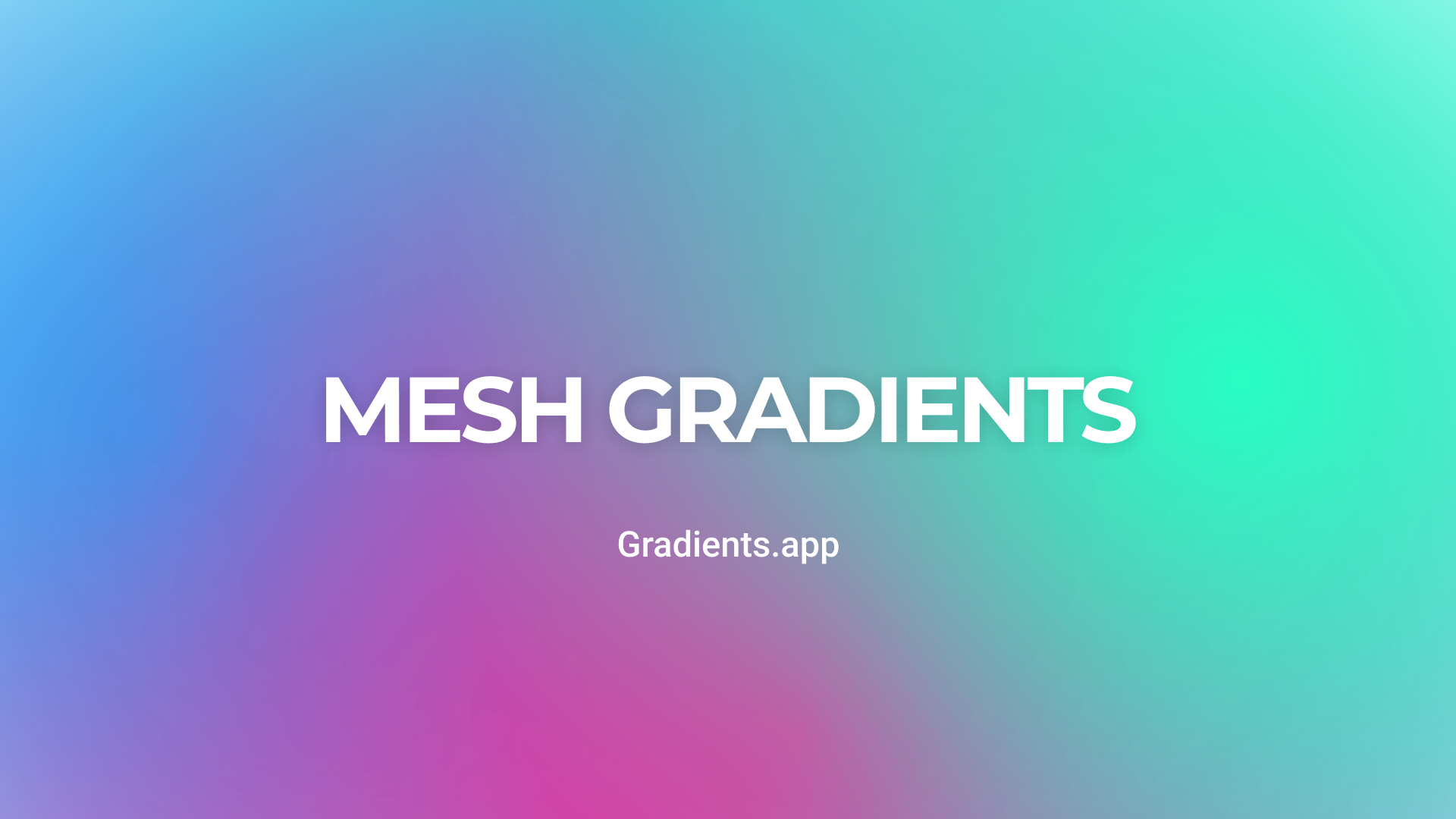How to Choose Font Color: Tips for Better Readability

Choosing the right font color is one of the key factors determining how successfully your information will be communicated to the audience. The choice of font color can directly influence sales in an online store or engagement on social media. For designers, marketers, and SMM specialists, it is important to understand how color affects text perception and use this knowledge to create persuasive and aesthetically pleasing content. In this article, we will discuss practical tips for choosing font colors to achieve better perception and improve audience interaction.
Know Who Will Read and Where
First of all, it's important to understand the context in which the text will be presented. Different color solutions are needed for landing pages, advertising banners, and social campaigns, depending on the goal and audience. Digital ads, landing pages, or social media posts differ not only in audience but also in the way information is presented. Context determines the goal: to convey an emotional message, inform, or motivate action.
Emotional messages (e.g., on social media) may use bright, contrasting colors that attract attention and evoke an emotional response.
Informational texts (e.g., articles, landing pages) require more neutral and calm color solutions to ensure easy reading and comprehension.


Contrast, Readability, and Accessibility
Contrast between font color and background is a key factor in ensuring reading comfort. Too little contrast makes it difficult to perceive the text, which can drive users away.
- High contrast (e.g., black text on a white background) is always a reliable choice for long texts, such as articles or product descriptions.
- Medium contrast is suitable for secondary texts, such as subheadings, notes, or comments. For example, dark gray text on a light gray background creates a soft effect while maintaining readability.

Approximately 8% of men and 0.5% of women suffer from some form of color blindness. This means that when choosing color combinations, you need to consider accessibility for people with limited color perception.
- Avoid red-green combinations in key text elements, as this is the most problematic combination for people with color blindness.
- Use tools like Color Contrast Checker to ensure that the chosen colors meet WCAG accessibility standards.
Color Psychology
Understanding color psychology helps you choose a font color that evokes the desired emotions in your audience. For example:
- Blue — associated with reliability and professionalism, often used in corporate communications.
- Red — attracts attention and creates a sense of urgency, making it perfect for calls to action.
- Green — associated with nature and harmony, well-suited for brands related to health and ecology.
Banks often use blue in texts and headings to reinforce a sense of trust.
Brand Identity
The text color should match the overall brand palette. This is especially important for marketers and SMM specialists who need to maintain a consistent visual style.
- Maintain harmony between brand colors and text. For example, if the brand's main color is a rich orange, text on that background could be dark gray or blue to avoid dissonance.
- Use accent colors to highlight important parts of the text, such as "Buy" or "Learn More" buttons.
Testing and Analytics
Testing color choices is important for understanding user behavior and visibility across different devices. What works for one audience may not work for another. Use A/B testing to test different color combinations and analyze the results.
- CTR and time on page are important metrics that help determine how well the chosen font color engages users.
- Services for Behavior Analysis — study user behavior using heatmaps, scroll maps, and click maps.

Choosing a font color is not just a matter of aesthetics but also an important tool that influences text perception and communication effectiveness. Considering the context, contrast, color psychology, and accessibility, you can create text that is not only visually appealing but also functional. Use these tips, test your choices, and analyze audience reactions to find the optimal color combinations.







